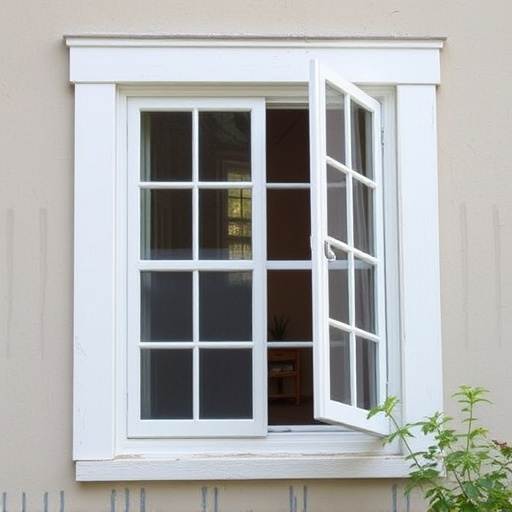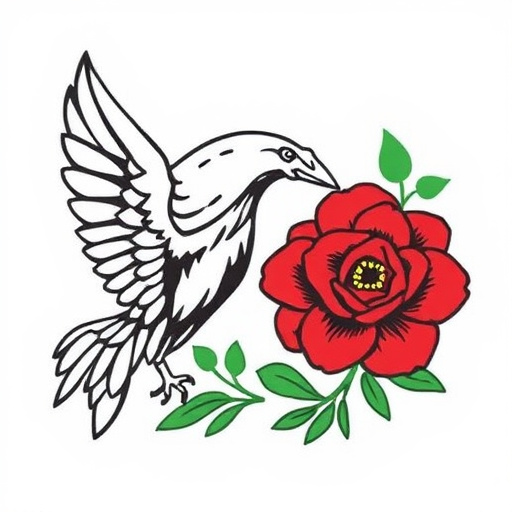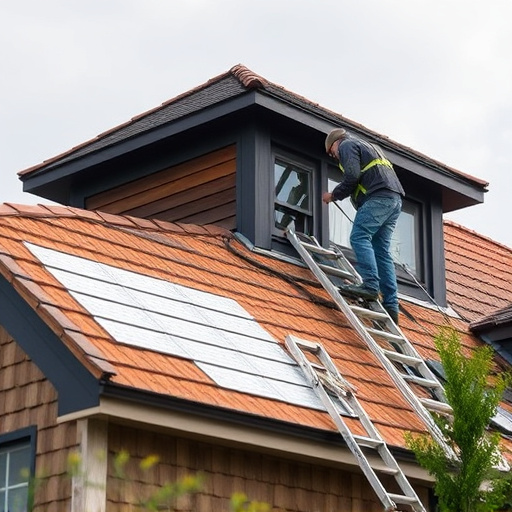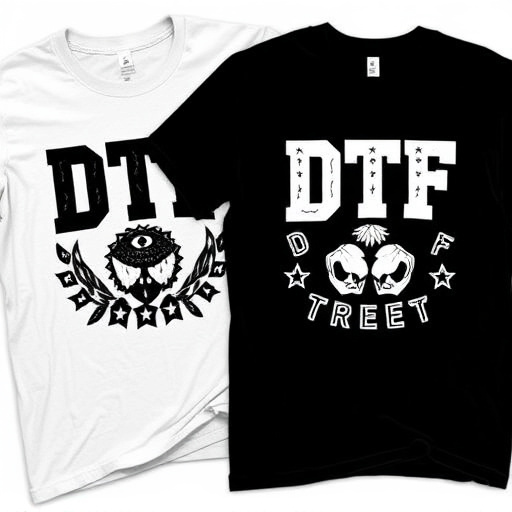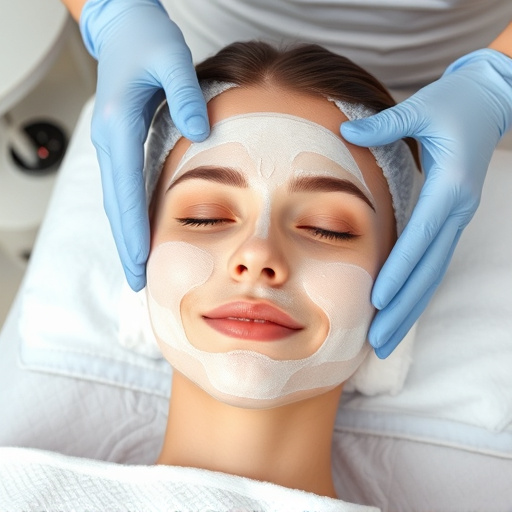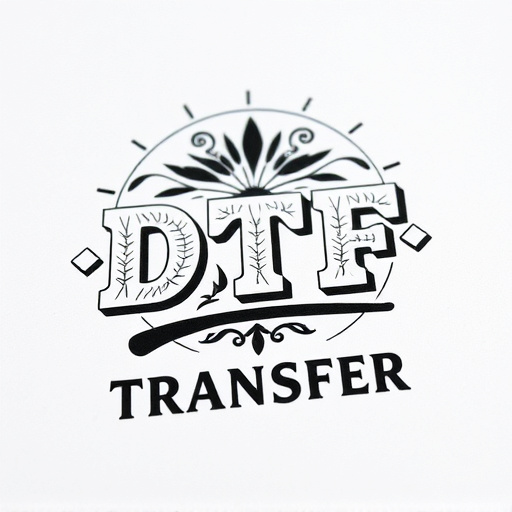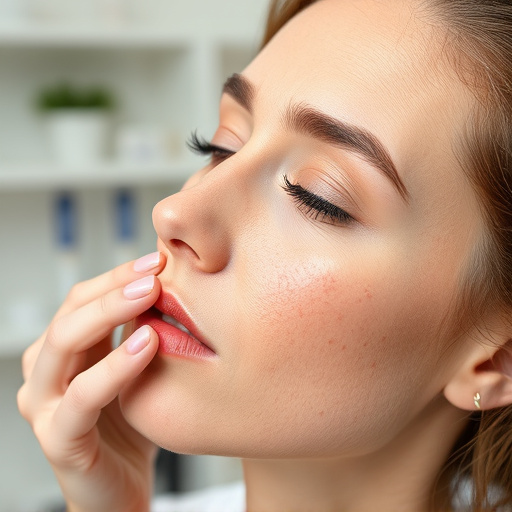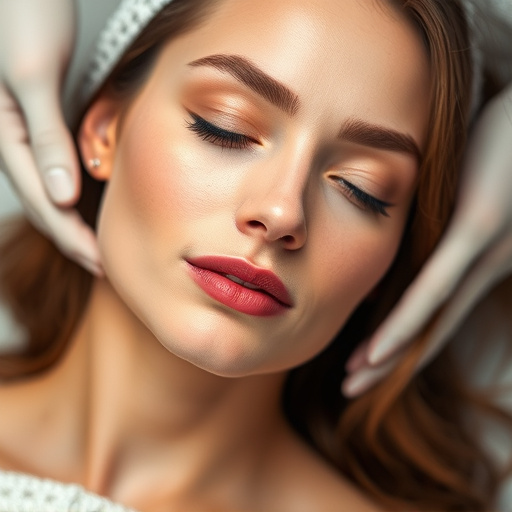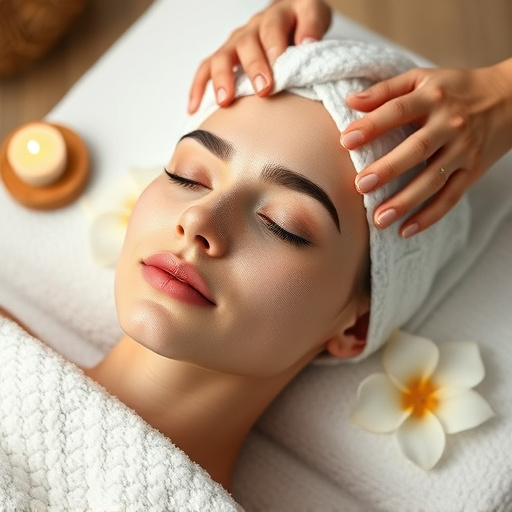Razor bumps, caused by irritated hair follicles from shaving, can be managed with topical creams, exfoliants, microdermabrasion, and laser treatments. Long-term prevention involves regular exfoliation, sharp razors, post-shave moisturizing, and anti-aging facials to maintain skin health and reduce bump occurrences. Key focus is on soothing irritation, minimizing scarring, and achieving smooth, healthy skin for women seeking flawless skincare. Effective razor bump treatment combines topical care and proper shaving practices for optimal results.
“Uncover the secrets to achieving smooth, bump-free skin with our comprehensive guide to razor bump treatment. Razor bumps, a common skincare concern for many women, can now be effectively managed and prevented. This article delves into the causes and triggers behind these irritating bumps, offering a range of treatment options to suit various needs. From immediate relief to long-term solutions, we explore how to manage and prevent razor bumps, ensuring you can embrace your skin with confidence.”
- Understanding Razor Bumps: Causes and Common Triggers
- Exploring Effective Treatment Options for Smooth Skin
- Long-term Management: Preventing Razor Bumps Recurrence
Understanding Razor Bumps: Causes and Common Triggers
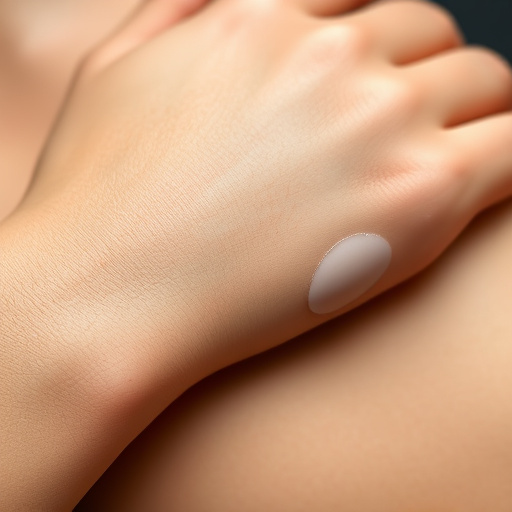
Razor bumps, also known as pseudofolliculitis barbae, are a common skin concern for many women who shave or wax their legs, underarms, or facial hair. Understanding what causes these tiny, red, raised bumps is the first step in finding effective razor bump treatment. The primary issue lies in the way hair grows back after shaving or waxing. When hair follicles become irritated, inflamed, or blocked, it can lead to the formation of these unsightly bumps. Common triggers include using dull razors, not shaving in the direction of hair growth, harsh post-shave products, and even certain fabrics like rough, coarse towels or clothing.
Various factors can contribute to the development of razor bumps, including hormonal changes, sensitive skin, and underlying medical conditions. For some individuals, specific skincare routines or products used for facial treatments or acne treatments might inadvertently cause irritation, leading to these bumps. Non-surgical treatments, such as topical creams or shaving techniques, can help manage and reduce the appearance of razor bumps when incorporated into a regular skincare regimen.
Exploring Effective Treatment Options for Smooth Skin
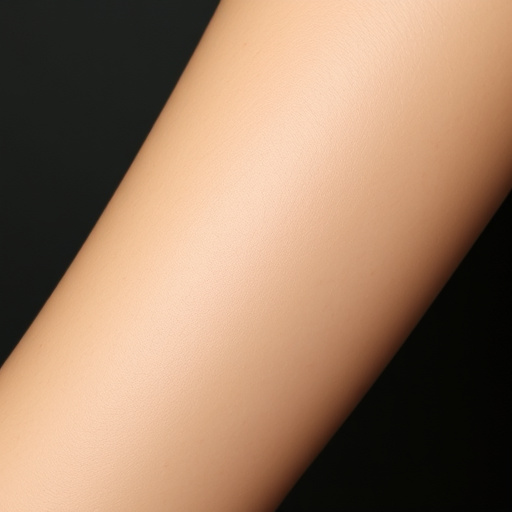
Exploring Effective Treatment Options for Smooth Skin
For women seeking a flawless skincare routine, addressing razor bumps is an essential step towards achieving smooth and healthy skin. Razor bump treatment goes beyond temporary solutions, focusing on long-lasting methods to soothe irritated skin and minimize scarring. Understanding the root cause of these bumps is key; typically, they result from the friction and cutting of hair follicles during shaving. This leads to inflammation, causing redness, itching, and small raised bumps along the shaven areas, most commonly observed on legs, underarms, and bikini lines.
Various treatment options are available, each targeting specific concerns like skin tightening, pore refinement, and skin brightening. Topical creams containing ingredients such as aloe vera, shea butter, or calamine lotion can provide immediate relief by calming inflammation and soothing irritated skin. Chemical exfoliants, including alpha hydroxy acids (AHAs) and beta hydroxy acids (BHAs), gently resurface the skin, removing dead cells and reducing bump visibility. Additionally, microdermabrasion and laser treatments offer more intensive approaches to target deep-seated issues, promoting collagen production for improved skin texture and overall smoothness.
Long-term Management: Preventing Razor Bumps Recurrence
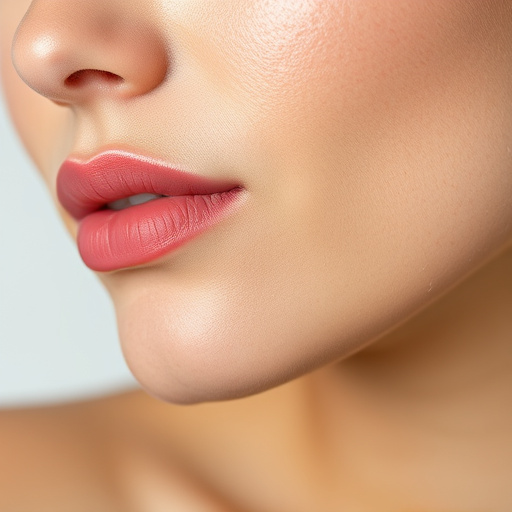
To prevent razor bumps from recurring, long-term management strategies are essential. After treating the initial bump with effective products or procedures like customized facials, non-surgical treatments, or at-home care routines, it’s crucial to maintain healthy skin practices. Exfoliating regularly helps remove dead skin cells and eases hair growth, reducing the chance of bumps forming. Using a sharp razor and ensuring proper blade maintenance also plays a significant role in minimizing irritation. Additionally, applying moisturizing creams post-shaving can soothe the skin and promote faster healing.
Long-term management involves adopting an anti-aging treatment regimen that targets not just wrinkles but also skin texture and tone. Regularly scheduled customized facials, for instance, can address specific skin concerns, including razor bumps, by deep cleaning, extracting impurities, and delivering targeted active ingredients to the skin. Such consistent care ensures that the skin remains in optimal condition, reducing the likelihood of future razor bump occurrences.
Razor bumps can be a common skincare concern, but with the right understanding and treatments, women can achieve smooth, bump-free skin. By identifying triggers, exploring effective solutions like topical creams, shaving techniques, and hair removal methods, and implementing long-term prevention strategies, it’s possible to manage and reduce the occurrence of razor bumps. Incorporating these practices into your skincare routine ensures optimal results for a smoother, more comfortable experience.
